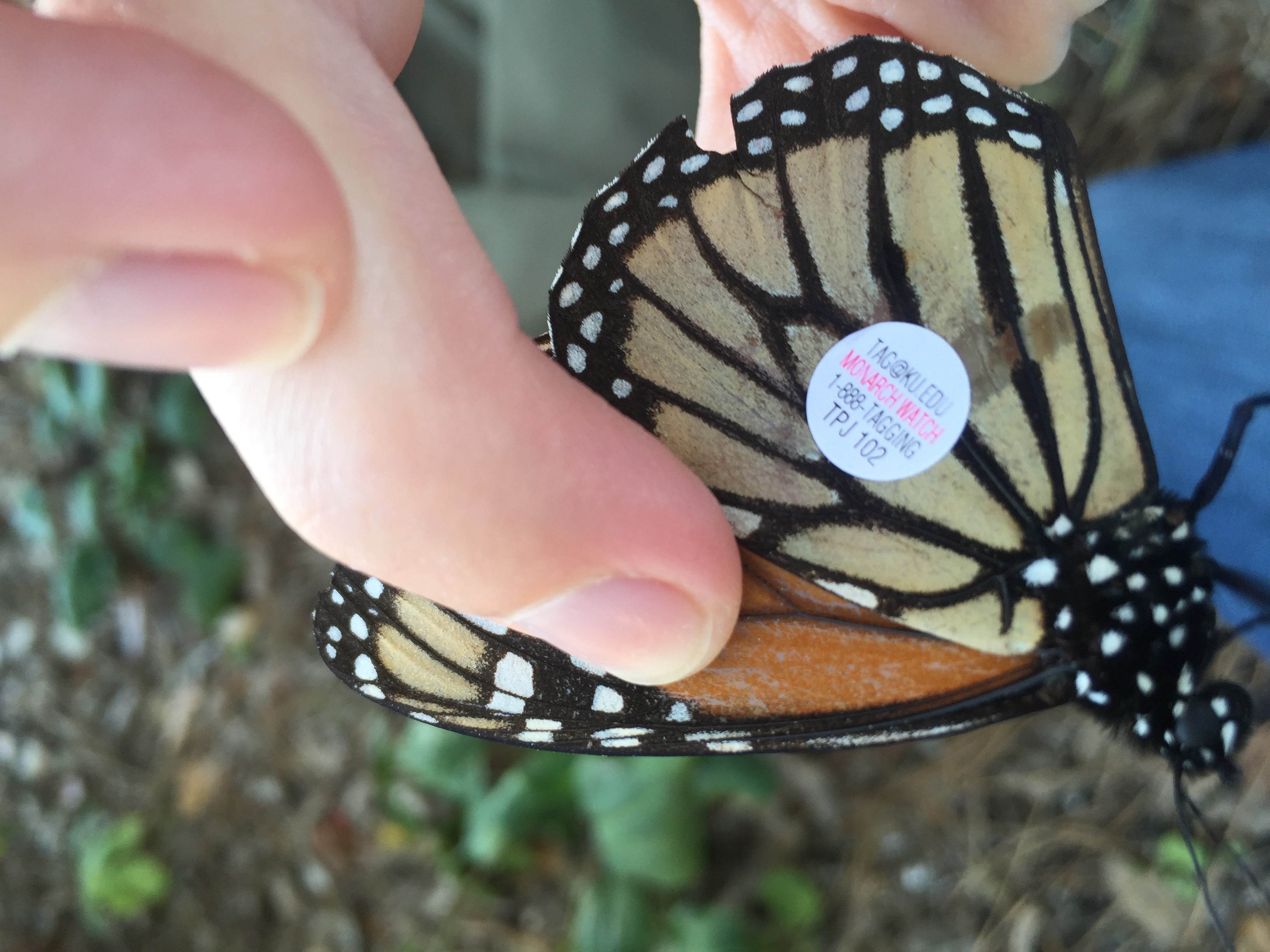Monarch Butterfly Citizen Science Research

In 2015, the Trust converted a fallow field in the Colleton Nature Preserve on Spring Island into a nearly-one-acre plot dedicated to native-ecotype milkweed species (Asclepias tuberosa, A. syriaca, A. humistrata, A. verticilata). Volunteers have helped plant more than 2,000 seedlings in the field. The field is managed to remove dewberry, loblolly pines, and other species that would shade the field with periodic mowing and herbicide when necessary. The field has also been seeded with other native wildflowers to create a monarch waystation.
The LowCountry Institute hosted a training session for regional volunteers of The Monarch Larvae Monitoring Program (MLMP), a University of Minnesota project that tracks the presence and development of monarch caterpillars in milkweed patches all over North America. There are currently 900 monitoring sites. The goal of the project is to better understand patterns of monarch distribution and abundance during the breeding season.
In addition, staff and Master Naturalist volunteers have been participating in a winter monarch tagging study organized by SCDNR since 2015. Most monarchs overwinter in Mexico and then migrate to the upper Midwest and southern Canada during the summer and then back to Mexico in the fall. On the East Coast, however, this is not the case and butterfly migration patterns are not well understood. Data from this citizen science project are being shared with USFWS as part of their evaluation of the monarch butterfly for the endangered species list.
Over a three year period, from winter 2015/16 through winter 2017/2018, the study documented monarchs overwintering along most of the South Carolina coast, with the Georgetown area appearing to be the upper limit of winter survival. Monarchs tagged in South Carolina during migration (October through early November) were not recaptured during the winter period, but a few were recaptured in Georgia and Florida. A total of 4,951 wild monarchs were captured and tagged during the winter season. Ten percent of these individuals were recaptured during the study period, most very close to where they were originally tagged, with up to 98 days elapsing between first capture and recovery. Some recaptured individuals had moved north or south, possibly searching for more suitable wintering microhabitats. No monarchs tagged during the project were recovered outside of the coastal zone of South Carolina.